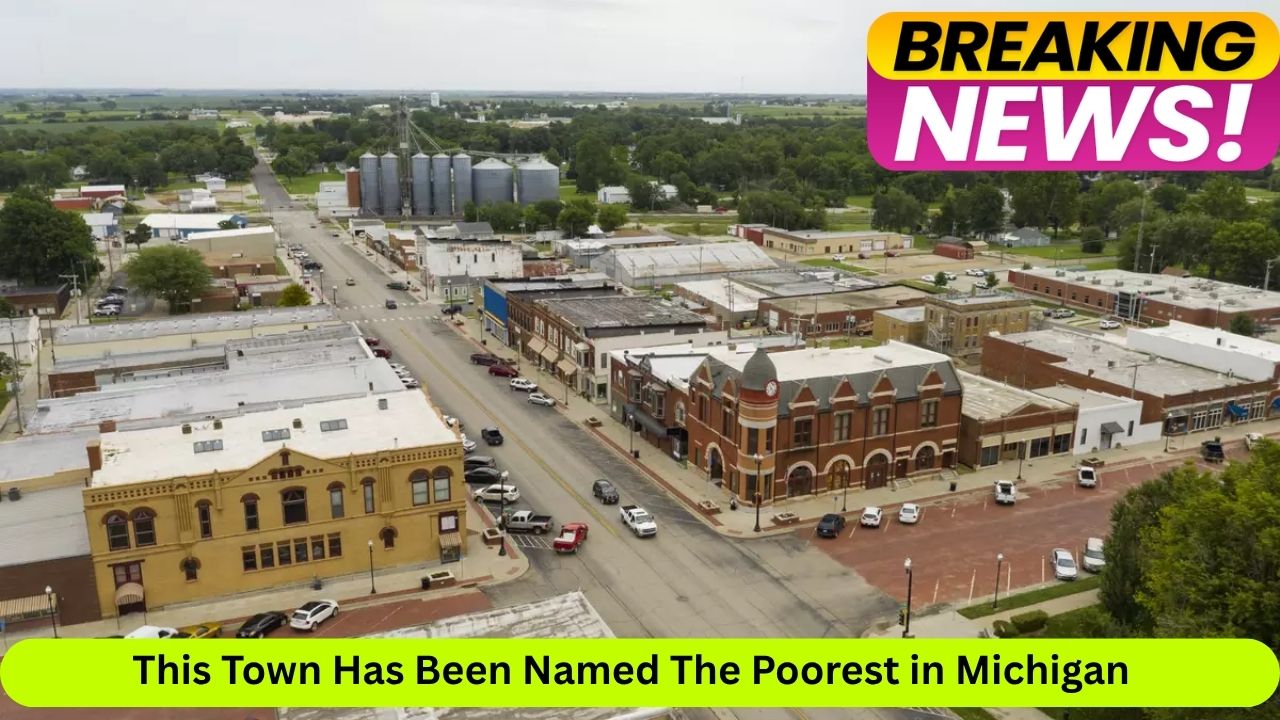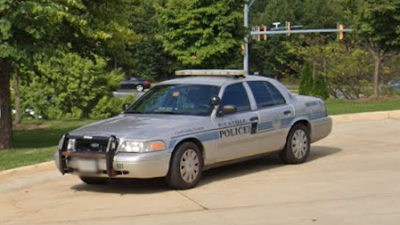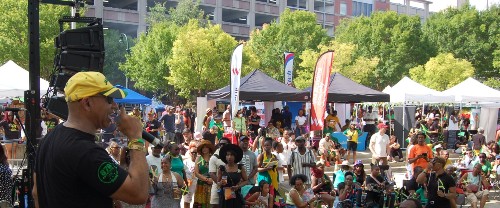When most people think of poverty in America, their minds tend to drift toward the urban decay of big cities—abandoned buildings, unemployment, and underfunded schools. But some of the most economically devastated areas in the country exist not in the heart of sprawling metropolises, but in small, quiet towns far from the headlines. In Michigan, one such town has been named the poorest: Baldwin, a small community tucked away in the rural heart of the state. Despite its serene forests, fishing lakes, and natural beauty, Baldwin has become a symbol of the economic challenges facing small-town America.
This article dives deep into Baldwin’s story—its geography, economic statistics, population challenges, and the broader implications of being labeled the poorest town in Michigan. From historical context to future possibilities, this is the full portrait of Baldwin.
Overview of Baldwin, Michigan
Baldwin is a village located in Lake County, in the northwestern part of Michigan’s Lower Peninsula. With a population of around 1,000 people, Baldwin is the county seat and one of the only incorporated communities in the area. Surrounded by national forests, lakes, and rivers, the village is known for its natural beauty and outdoor recreation, especially trout fishing in the Pere Marquette River.
Yet, beneath this tranquil surface lies a town facing severe economic hardship. Limited infrastructure, a small tax base, and the collapse of traditional industries have created a challenging environment for residents who struggle to make ends meet year-round.
Economic Snapshot: By the Numbers
Median Household Income
Baldwin’s median household income is approximately $22,500, one of the lowest in the entire state. In contrast, Michigan’s state median income is nearly three times higher, making the gap between Baldwin and other towns stark and alarming.
Poverty Rate
Roughly 41% of Baldwin’s population lives below the poverty line. This figure dwarfs Michigan’s state average and ranks Baldwin among the highest poverty concentrations for any incorporated town in the state.
Home Values
The median home value in Baldwin is around $79,000. This low valuation reflects not only economic stagnation but also a lack of new development, under-maintained properties, and reduced market demand. Many homes are old and in need of repair, with limited investment opportunities in the real estate market.
Government Assistance
A significant portion of Baldwin’s households—over 40%—receive some form of government assistance, such as food stamps or subsidized housing. These benefits are often essential to survival in a town where stable employment is difficult to find.
Unemployment and Underemployment
The unemployment rate in Baldwin consistently exceeds 9%, much higher than both state and national averages. Moreover, many of those who are employed work in part-time or seasonal positions that don’t provide benefits, job security, or adequate wages.
Historical Context: How Did Baldwin Get Here?
Baldwin’s history is closely tied to Michigan’s timber boom of the late 1800s. The town flourished briefly as a logging hub, with railroads, sawmills, and wood processing plants forming the backbone of its economy. When the forests were depleted and the timber industry collapsed, Baldwin—like many rural towns—lost its economic foundation.
Unlike cities that transitioned into manufacturing or tech, Baldwin struggled to attract new industries. With few job opportunities and limited infrastructure, young people began moving away, leaving behind an aging population and a shrinking labor force. The town’s isolation from Michigan’s major urban centers made it even harder to recover.
Social and Demographic Challenges
Education
Only a small percentage of Baldwin’s adult residents have obtained a college degree. High school graduation rates also lag behind state averages. Without access to quality education and vocational training, many young people find it difficult to pursue careers outside the limited local job market.
Healthcare
Baldwin has few healthcare facilities, and residents often travel long distances to see specialists or receive emergency care. The town has higher-than-average rates of chronic illness, substance abuse, and mental health issues—problems exacerbated by a lack of local support services.
Transportation
Public transportation is virtually nonexistent in Baldwin. Most residents rely on personal vehicles, but the cost of maintaining a car—gas, insurance, repairs—is a major burden. Those without transportation often find it impossible to work or access essential services.
Baldwin in Comparison: Michigan’s Other Struggling Towns
While Baldwin is currently recognized as the poorest town in Michigan, it’s not the only one facing extreme poverty. Cities like Flint, Detroit, Hamtramck, and Highland Park have similar struggles. However, the difference lies in scale and visibility.
Urban areas often receive state and federal attention, nonprofit support, and media coverage. Baldwin, by contrast, is a small rural town. Its problems are no less severe but often go unnoticed. This invisibility makes it harder to attract the resources and advocacy needed for recovery.
The Human Impact: Life in Baldwin
Stories from the Community
Residents of Baldwin are not statistics—they are families, children, retirees, and workers trying to survive. Some are single mothers juggling two part-time jobs. Others are elderly citizens living off Social Security and food assistance. Teenagers walk miles to school or work because their families can’t afford a second car.
Despite these challenges, Baldwin is a town full of grit. Churches, community centers, and neighbors form strong bonds. Mutual aid is not just a concept—it’s a way of life. People share food, offer rides, and check on one another during hard winters.
Seasonal Tourism: A Double-Edged Sword
Ironically, Baldwin is a tourist destination for many visitors in spring and summer. Trout fishing, hiking, and camping bring an influx of vacationers and seasonal cash. Local motels, bait shops, and gas stations experience brief economic upswings.
However, tourism doesn’t offer stable, year-round employment. Most tourism jobs are low-wage and temporary. When the summer ends, so do the paychecks. Few tourists venture into Baldwin’s residential areas or spend money on anything beyond gas and fishing supplies.
Infrastructure and Investment
Baldwin suffers from outdated and inadequate infrastructure. Internet service is spotty or nonexistent in some areas, limiting education, remote work, and business development. Roads are poorly maintained. There is little new housing or commercial development.
Investors and developers have shown little interest in Baldwin due to its small size and limited consumer base. This creates a feedback loop: no investment leads to no growth, and no growth discourages future investment.
Government and Nonprofit Response
Local and state government initiatives have had limited success in reversing Baldwin’s decline. Community programs exist but often lack funding. Grants for rural development, small business support, or educational outreach are available but competitive and slow to process.
Some nonprofits and church-based organizations provide essential services—food banks, coat drives, school supplies—but their reach is often limited by capacity and resources.
What Needs to Change?
For Baldwin to escape the cycle of poverty, several key areas must be addressed:
-
Education: Investment in local schools, scholarships, and vocational training is essential. Educational partnerships with nearby cities or community colleges could help.
-
Infrastructure: Expanding broadband internet, fixing roads, and improving utilities would make the town more livable and business-friendly.
-
Healthcare Access: Mobile clinics, telemedicine, and mental health services could drastically improve quality of life.
-
Affordable Housing: Refurbishing existing homes and constructing affordable new housing would benefit families and draw potential newcomers.
-
Small Business Support: Micro-loans, tax breaks, and community entrepreneurship programs could help residents start and sustain local businesses.
-
Transportation: Even a limited shuttle or ride-share service could open new opportunities for work, school, and healthcare access.
A Vision for the Future
While Baldwin currently holds the unfortunate title of the poorest town in Michigan, that designation could also become a rallying cry. It brings visibility to an area that has long been overlooked. With coordinated efforts from government, nonprofits, and the community itself, change is possible.
The town’s natural beauty is an asset. Its people are resilient. With the right support, Baldwin could leverage tourism, remote work, and rural renewal programs to reverse its decline. The key lies in treating rural poverty with the same urgency and complexity as urban poverty—and not writing off towns like Baldwin as “too small to save.”
Final Thoughts
Poverty in America wears many faces. In Baldwin, it looks like empty storefronts, aging homes, and hard-working families trying to get by. But it also looks like community dinners, church groups rallying for a cause, and local youth with big dreams.
Baldwin is not a failure—it is a victim of economic transitions, forgotten policies, and systemic neglect. But it’s also a symbol of hope for rural America. By recognizing its struggles and investing in its future, Baldwin can write a new chapter—not just for itself, but for the many small towns across the country that share its story.
















Leave a Reply